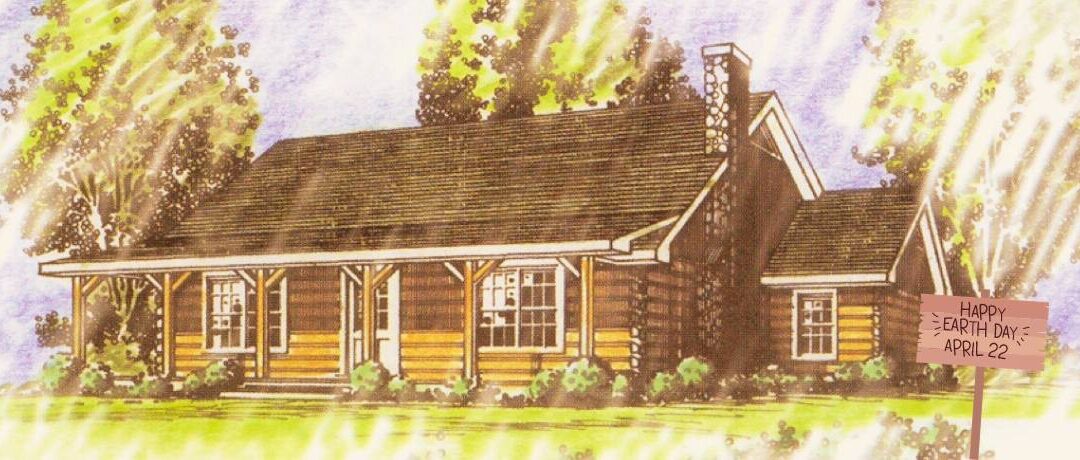As we observe Earth Day, April 22, 2024, it’s crucial to explore sustainable living options that harmonize with the environment. One such green marvel is the log home – a timeless abode that seamlessly blends tradition with ecological responsibility.
Log homes have been a symbol of rustic charm for centuries, but their eco-friendly attributes make them increasingly relevant in the quest for sustainable living. The construction process itself stands out as an environmentally conscious choice. Unlike traditional building materials that require energy-intensive manufacturing processes, harvesting and processing logs have a significantly lower carbon footprint.
In the realm of log home manufacturing, advancements in technology are playing a pivotal role. Innovative techniques are ensuring that every part of the log is utilized efficiently, minimizing waste and maximizing sustainability. Many log home manufacturers prioritize sourcing timber from responsibly managed forests, contributing to the conservation of natural habitats.
The thermal properties of logs are another eco-friendly perk. Log homes offer impressive insulation, reducing the need for excessive heating or cooling. This not only translates to lower energy consumption but also minimizes the environmental impact associated with heating and cooling systems.
Furthermore, log homes often embrace a design philosophy that encourages blending with the surroundings. By incorporating large windows and open spaces, these homes maximize natural light and ventilation, reducing the reliance on artificial lighting and air conditioning.
It’s essential to acknowledge the longevity of log homes as well. When properly maintained, they can endure for generations, curbing the need for frequent demolitions and rebuilds that contribute to excess waste in landfills.
Considering log homes as a sustainable housing option is not just a nod to tradition but a commitment to a greener future. The harmonious coexistence of humanity and nature is achievable, one log at a time.
Why is Eastern White Pine a Sustainable Choice?
Utilizing Eastern White Pine in log home manufacturing aligns with sustainability and responsible stewardship for several reasons.
First, Eastern White Pine is often chosen for log construction due to its abundance and rapid growth. As a renewable resource, it supports responsible forestry practices, ensuring that the demand for timber doesn’t lead to deforestation. Sustainable logging practices, such as selective cutting and replanting, contribute to the long-term health and vitality of Eastern White Pine forests.
Additionally, Eastern White Pine possesses natural characteristics that enhance its sustainability. The wood is known for its excellent insulating properties, reducing the need for additional energy consumption in log homes. This inherent thermal efficiency helps create energy-efficient homes that align with environmental conservation goals.
Being good stewards of Eastern White Pine involves responsible harvesting and processing. Log home manufacturers often prioritize sourcing wood from forests certified by organizations like the Forest Stewardship Council (FSC), ensuring that the wood comes from well-managed and sustainable forestry operations. This commitment to certification reflects a dedication to environmental stewardship and ethical practices.
Choosing Eastern White Pine for log homes is a sustainable choice due to its renewable nature, natural insulation properties, and the commitment to responsible forestry practices. By embracing these qualities, manufacturers become stewards of the environment, promoting a balance between human needs and ecological well-being.




